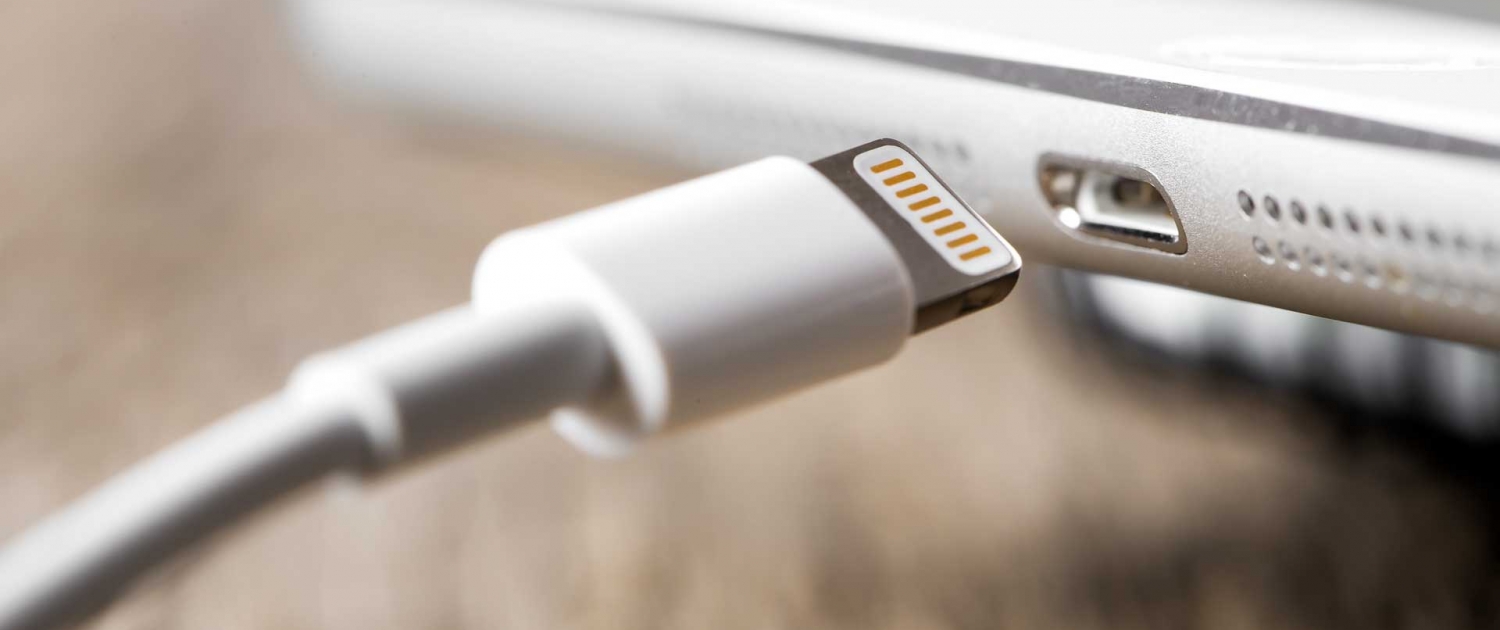The Costly Consequences of a Phantom Load
From a utility standpoint, one of the most wasteful consumer habits is leaving electrical appliances plugged in on standby. This also called phantom loading, vampire power or ghost load. Often left drawing energy from the house’s power grid for the sake of convenience, appliances like televisions and laptops can drain just as much power while switched off and plugged in compared to when in use. Numerous tests and statistics indicate that a large chunk of electrical use in both private and industrial settings is completely wasted during inactivity. The power consumed when appliances are on standby is referred to in less mythic terms as standby power, referring to a problem easily prevented with good management habits.
Specifically, phantom load alone accounts for about a quarter of power consumed in private homes according to the Natural Resources Defense Council. When taking into account specific electric rates in sectioned areas, the total running cost amounts to $19 billion dollars in the United States. Consequences from phantom load reach further than just the electricity bill, however. With a large percentage of produced electricity being wasted each day, carbon dioxide emissions and other environmentally destructive effects of electrical generation continue to strain the planet needlessly, as a fraction of this production can be either put to better use or stopped completely.
Phantom Loading Applies To Any Device
As a rule of thumb, any electrical appliance connected to an external power source will consume power even when switched off. A widespread example of this includes any cell phone charger. Best practice calls for consumers to always unplug their chargers when not in use, but the habit of leaving them plugged into the outlet is a hard one to shake off. On average, a cellphone charger left in the outlet with no cellphone at the end of it will consume 1 watt of electricity per hour. If there is a fully charged phone connected to the charger, the consumption rate spikes to 4.5 watts per hour.
Another good example of draining devices include any appliance sporting an LED or LCD display. This includes microwaves, televisions, DVD players, and sound systems. Similar to how these displays never really turn off, electrical devices that fall into standby mode as opposed to switching off are the most problematic in terms of phantom load. Cable boxes and televisions that sink into standby mode are common culprits, eating up electricity in the background while nobody is watching. Though leaving the television on standby allows for it to boot up faster, the power costs associated with it are rarely worth the seconds saved. A television box with rear projection consumes 48.5 watts per hour. Computers are also common culprits, being major power drains on stand-by to supplement data retrieval and the motherboard.
How Much Does Phantom Loading Cost?
Take a look at how much energy a device generally uses in an hour and how much that can possible change in standby power. The following is a list of electrical devices and the average watts they consume on an hourly basis. These figures are all according to a study done by the Energy Center of Wisconsin:
| ELECTRONIC DEVICE | REGULAR WATTS | PHANTOM LOAD |
| TREADMILL | 5.6 | ~ 25.20 |
| PRINTER | 4.3 | ~ 19.35 |
| TOOL CHARGER | 4.2 | ~ 18.90 |
| BATTERY CHARGER | 2.6 | ~ 11.70 |
| DESKTOP | 2.4 | ~ 10.80 |
| MODEM | 1.5 | ~ 6.75 |
| TV AND CRT | 1.3 | ~ 5.85 |
| MONITOR | 1.2 | ~ 5.40 |
| LAPTOP | 0. 7 | ~ 3.15 |
The cost associated with this usage obviously depends on the price of the kWh from your power company. Prices vary across different states, cities and counties. The time of day also impacts the price, as well as how long these devices are powering in standby.
How To Reduce Phantom Loading
If the consequences of phantom load have you fearing for your bank account, look below for a comprehensive list of tips to minimize phantom load:
- Unplug all appliances that are not in frequent use, making sure to disconnect the power after the time when you do use them.
- Use a power strip to make switching off the power more convenient.
- Take your time while shopping to only acquire appliances with low standby.
- Utilize Smart Grid and Smart Meter technology to keep better tabs on your home’s power consumption.
If you are in need of any type of electrical repairs or installation, call Penna Electric. Our knowledgeable, experienced staff will get your electrical work done right the first time every time.
A Simple Electrical Upgrade Can Upgrade Your Quality of Life
The right electrical upgrade can dramatically improve the value and appearance of any home or business. You’ll be amazed at what a difference the right electrical upgrade can make for your home or business. Make sure that when you select an electrical company to do the enhancement of your home and you have decided to take your enhancement to the level where you require an electrical upgrade that the technician at the company has a good working knowledge and the experience to properly guide you in this area.
When you decide to upgrade, our well-trained and certified electricians have all the experience and training needed to complete your electrical panel upgrade project from start to finish, with a minimum of fuss or disturbance. Please contact us right away at 310-800-2401





